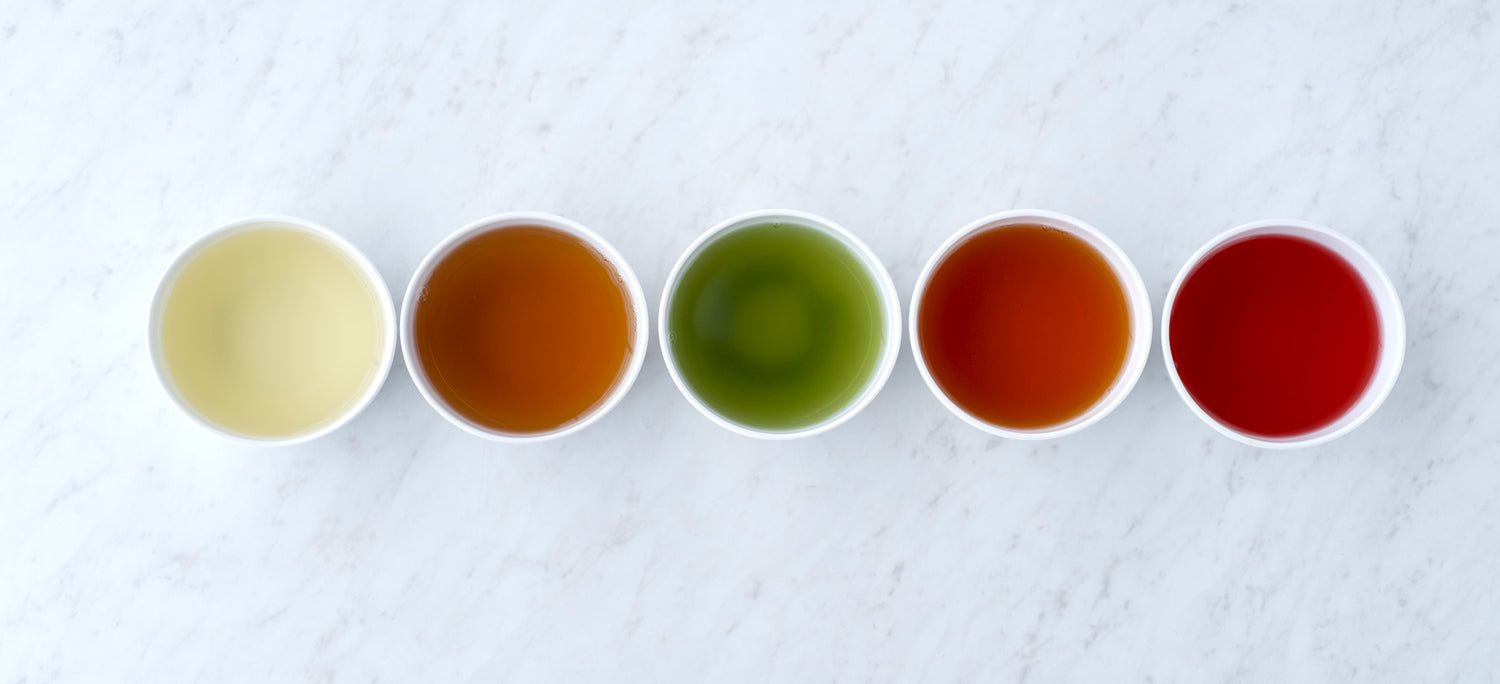The finest teas, like the ones you’ll find at Plain-T, are harvested by hand.
Cheaper teas are harvested by a vacuum-like machine, which sucks the leaves off and does not differentiate between the tender high-quality tips that we use, and the courser lower leaves.
Tea Processing
Teas are processed either by the orthodox method, which is mainly by hand, or by the crush, tear and curl method, also called CTC. During CTC, leaves are compressed to squeeze out the excessive moisture, and then they’re torn and curled into little balls that look just like coffee crystals. CTC is used for lower quality leaves, and does serve a purpose when you’re talking about being able to process large volumes quickly. And, CTC helps bring out a strong, robust flavor from lesser quality leaves.
Tealeaves are set out in the shade until they become soft enough to roll without breaking. Rolling itself is normally done by machine, which enhances oxidation. Black teas are oxidized for a longer time period, making it more pungent. Oolong is oxidized for shorter periods, green teas slightly and white teas, not at all. Tealeaves are then fired to stop the oxidation, and to dehydrate them for storage.
Tea Grading
When you look at a tea grade, it tells you about the dry, cured leaf only, and says nothing about the tea’s aroma, color or flavor.
Tea grading as a whole is not standardized throughout the industry, but a brief primer will help you decipher some of the acronyms and nomenclature you’ll discover while on your tea journey.




